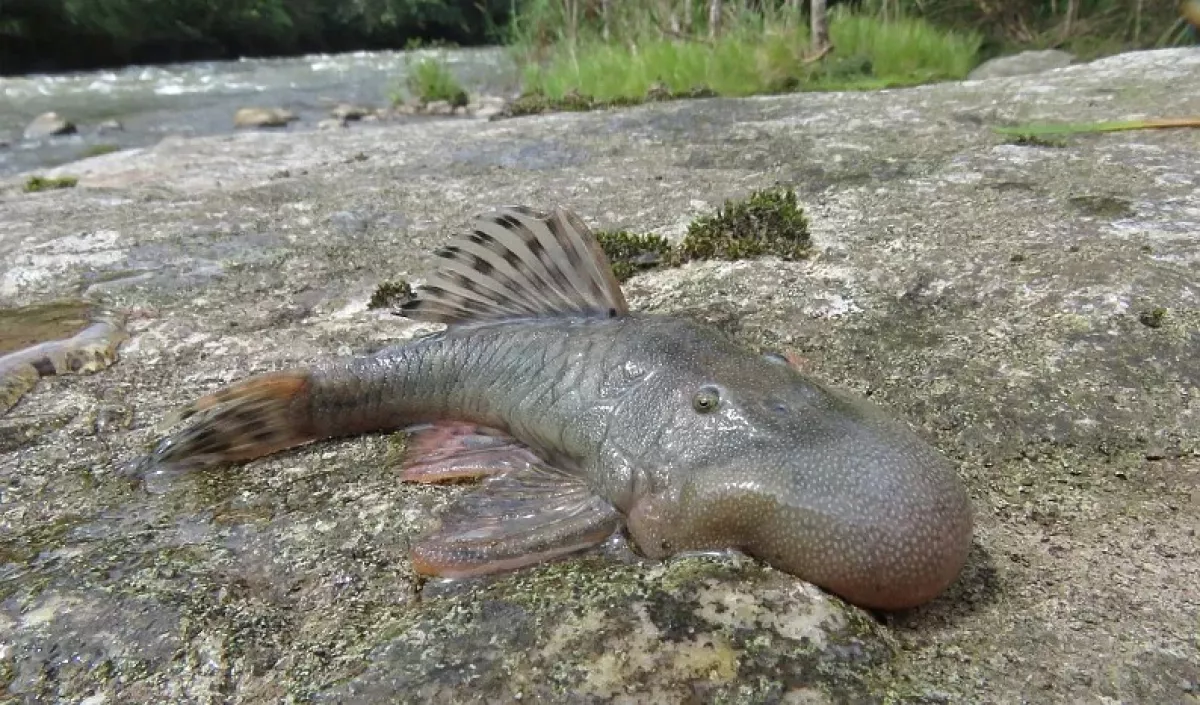Expedition discovers 27 new species in Peruvian rainforest
A scientific expedition in the Alto Mayo Landscape of Peru’s San Martin region has yielded remarkable discoveries, uncovering 27 species new to science, ranging from mammals to amphibians. The findings highlight the extraordinary biodiversity of the Peruvian rainforest despite the pressures of human activity such as deforestation and agricultural expansion.
The team, comprising Peruvian scientists, local experts, and members of the Indigenous Regional Federation of the Alto Mayo Awajun Communities, employed advanced technologies during their field research in 2024 like camera traps, bioacoustic sensors, and environmental DNA (eDNA) alongside traditional survey methods to catalog the region's wildlife. An article by Euronews highlighting the results of the expidition describes how this enabled the researchers to identify over 2,046 species, 34 of which are believed to be endemic to the Alto Mayo region.
The data gathered during the 2024 fieldwork was then carefully analyzed by different laboratories. The findings of the complex analyses was astounding: four mammals, eight fish, three amphibians, and ten butterfly species completely unknown to science had been discovered.
“Discovering even one new species of mammal on an expedition would be extraordinary, but discovering four new mammal species, as well as eight new fishes and three new amphibians, is mind-blowing,” Trond Larsen, who leads Conservation International’s Rapid Assessment Program (RAP), told Euronews. Among the new mammals found during the expedition are a bat, a squirrel, a spiny mouse, and an amphibious rodent. The amphibious mouse, part of a notoriously elusive group of semi-aquatic carnivorous rodents, specifically exemplifies the unique and rare nature of the expedition’s discoveries.
One of the fish species uncovered included a “blob-headed” fish with an unusual cranial structure, sparking curiosity about its purpose. Larsen expressed great enthusiasm for the fish, calling it one of the expedition's most intriguing finds. In addition, researchers identified three new amphibians: a rain frog, a narrow-mouthed frog, and a climbing salamander, each adding to the region’s rich ecological tapestry.

There could be even more surprises in store for the scientists. Data on another 48 species of plants and animals observed during the expedition is still being evaluated but the research team believes some of them may also be new to science.
The San Martin region faces significant challenges from agricultural expansion and deforestation. Conservation International collaborates with local communities, including the Awajún people, to promote sustainable livelihoods and practices that protect the area’s biodiversity.
While the findings of the field research have proven to be priceless to science, the expedition presented significant challenges to the team. The scientists worked tirelessly under demanding conditions, with fieldwork requiring adaptability to the risks of living in the tropical rainforest. Trond Larsen shared personal anecdotes about the health hazards he has encountered on previous expeditions, including malaria, parasitic infections, and botfly infestations. Despite these risks, Larsen described the experience of living in a rainforest tent as feeling like “home.”
This expedition underscores the value of rigorous scientific exploration and collaboration in documenting and conserving the world’s biodiversity. The discoveries highlight the importance of the Alto Mayo Landscape as a critical hotspot for unique and threatened species, emphasizing the need for continued conservation efforts to protect this extraordinary ecosystem.
By Nazrin Sadigova








